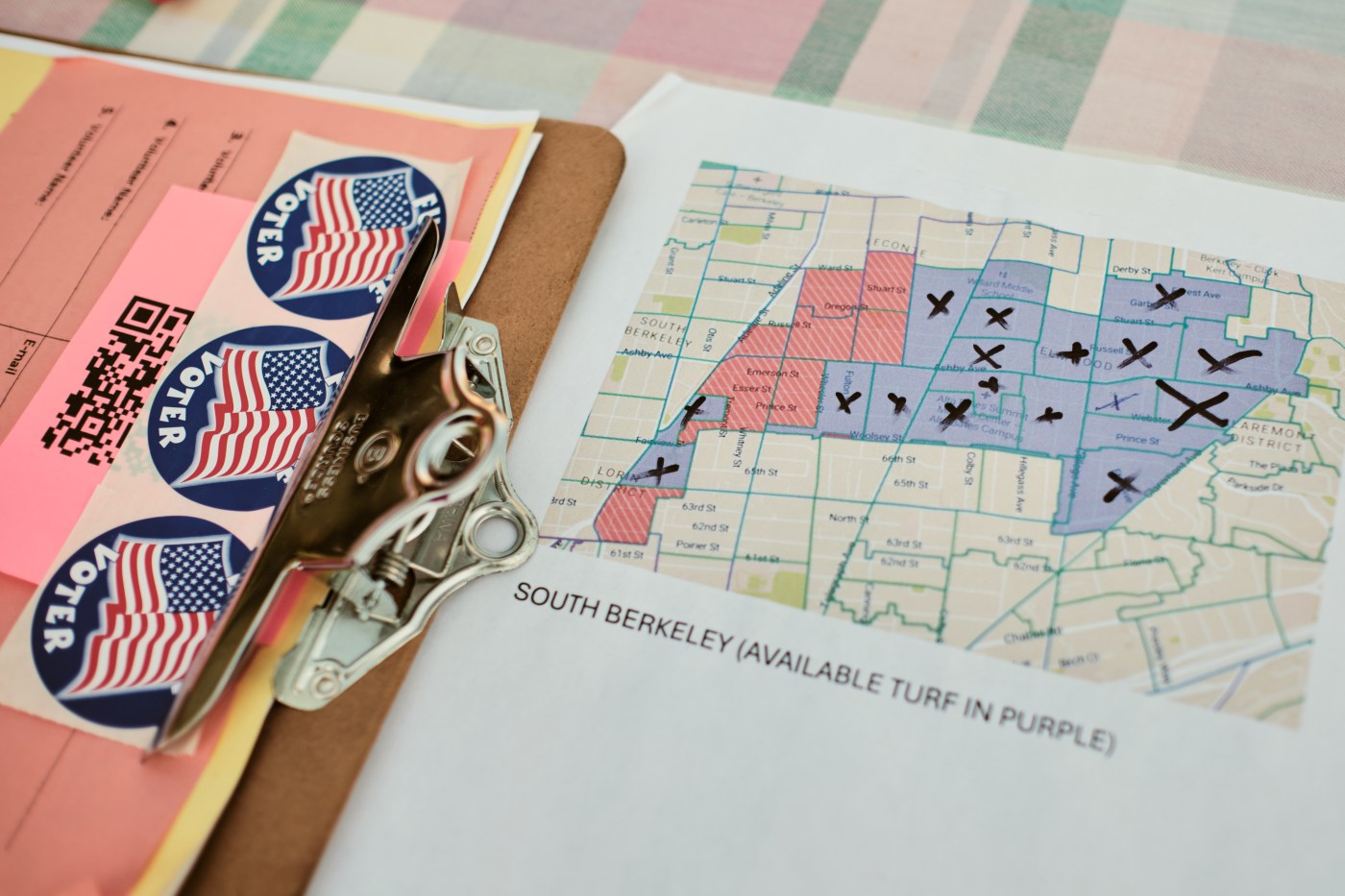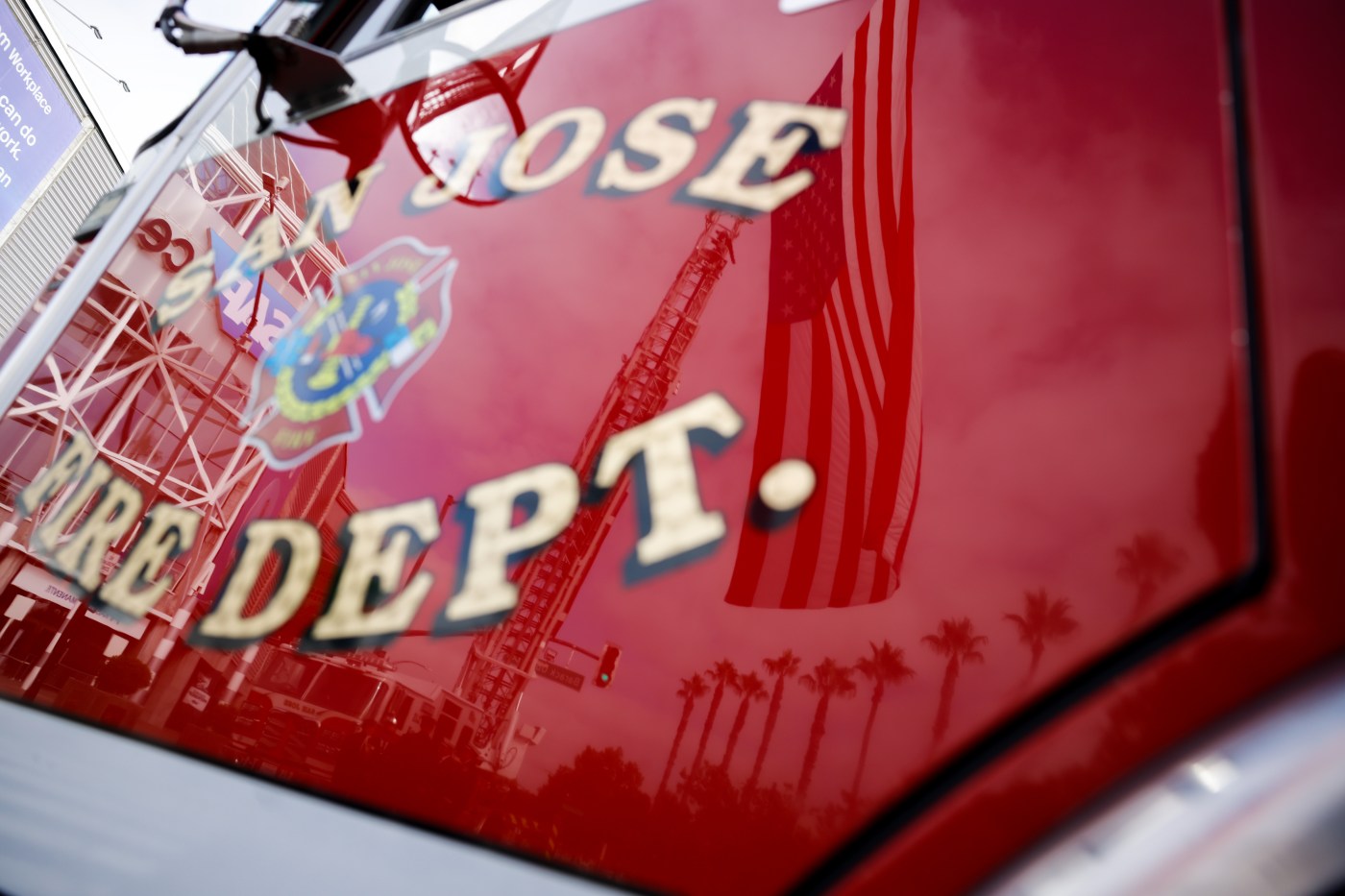Richard Charter of Bodega Bay has spent his adult life protecting coasts and oceans, especially from the ravages of energy extraction. When crude oil starts pouring into the sea, his phone tends to go off – as it did around 3 a.m. on an April morning in 2010, following an explosion on the Deepwater Horizon oil rig in the Gulf of Mexico.
RELATED: Can a new pipeline give California drivers some relief at the gas pump?
Related Articles
California homeowner ordered to remove private gate to public beach, fined $1.4 million
Coastal Cleanup dangles $1,000, other prizes for Saturday volunteers
Meet the ‘clever’ sea pansy found off California coast
New national monument along Santa Cruz coast opens to the public for hiking, biking
Sea lion bites 9-year-old girl while she was surfing near Monterey
It happened again in the small hours of Oct. 2, when a plume of oil reached the surface of the Pacific Ocean a few miles off the coast of Huntington Beach. That 25,000-gallon spill, from a ruptured underwater pipeline, fouled 16 miles of Orange County beaches, with oil washing ashore as far south as San Diego.
“I always seem to get the call in the middle of the night,” said Charter, who now works with municipalities up and down the California coast, helping coordinate their response to offshore drilling threats.
That group is on high alert following a recent Houston Chronicle story revealing Trump administration plans to open large swathes of the California coast to offshore drilling.
A list of scheduled West Coast lease auctions for oil and gas drilling obtained by the Chronicle raises the possibility, said Charter, that Trump’s Interior Department could try to roll back protections for national marine sanctuaries formed after 2008.
That grim scenario could result in oil rigs within sight of the Sonoma and Mendocino coast, one of the most pristine, rugged stretches of seashore in the state, with a seminal role in California’s history of marine protection and the environmental movement at large.
Wouldn’t that be a bridge too far, even for the “Drill baby, drill” crowd?
Charter isn’t convinced. “They did just tear down half the White House,” he said.
The leaked federal documents showed the Department of Interior’s proposed framework for auctions of oil and gas drilling rights over the next five years.
The draft plan would preserve a drilling ban off Florida, but open up much of the Atlantic coast and eastern Gulf of Mexico, along with the Pacific coast from Southern California to Washington, plus portions of Alaska’s Bering Sea.
Scalded by intense, immediate bipartisan criticism, the Trump administration withdrew its plans to sell leases off the Atlantic coast, Bloomberg reported Wednesday. When it came to California and the West Coast, no such news was forthcoming.
Rep. Jared Huffman of San Rafael, the highest-ranking Democrat on the House Natural Resources Committee, excoriated the reported lease auctions, which come at a time, he noted, when the administration has gutted the National Oceanic and Atmospheric Administration’s oil spill prevention and response programs.
Huffman further pointed out, in a statement released with fellow Democrats Sen. Alex Padilla of California and Sen. Cory Booker and Rep. Frank Pallone, both of New Jersey, that the leases aren’t necessary.
“The United States already leads the world in oil and gas production. The industry currently holds more than 2,000 offshore leases covering over 12 million acres of federal waters — yet fewer than 500 of those leases are actively producing oil and gas.”
There is no justification, the lawmakers added, “for opening vast swaths of our oceans to leasing when existing leases remain largely unused, while imposing mounting environmental and economic costs on coastal communities.”
The Department of Interior did not respond to a request for comment on the reported upcoming lease sales. Nor did the American Petroleum Institute, or the Western States Petroleum Association, two prominent industry trade groups who have generally cheered the Trump administration’s aggressive moves to open more public lands and waters to oil and gas development.
The leaked list included six lease sales off the California coast, three of those in “the Southern California planning area,” said Charter.
Two sales, one in 2027, another in ’29, are scheduled for the stretch of coast that begins in central California and extends north to the Sonoma-Mendocino line, said Charter.
A third sale, for drilling rights off the Mendocino, Humboldt and Del Norte county coastlines, would happen in 2029.
Vast coast, patchwork protection
From the Piedras Blancas elephant seal rookery near San Simeon, some 375 miles south, to Point Arena in Mendocino County in the north, the federal waters off California’s coast enjoy protected status as national marine sanctuaries.
But there are tiers in those bulwarks against energy development that the Trump administration could seek to exploit.
In 2008, then-President George W. Bush issued a memorandum rescinding a ban on offshore drilling in the Outer Continental Shelf – a prohibition put in place in 1990 by his father, President George H. W. Bush.
While national marine sanctuaries established before W’s 2008 rescission “are safe,” Charter believes, sanctuaries put in place since – or areas where existing sanctuaries were expanded – may be less so.
The original Gulf of the Farallones National Marine Sanctuary, reaching as far north as Bodega Bay, was established in 1981. In 2015, under President Barack Obama, it was extended from Bodega Bay up to Alder Creek Beach in Mendocino County. That extension, Charter believes, is in more peril than the original sanctuary.
“The newer a sanctuary is, the higher the risk,” he said.
Two federally protected offshore zones – the Greater Farallones and Cordell Bank national marine sanctuaries – were more than doubled in 2015 by President Barack Obama and now cover nearly 4,600 square miles from just outside the mouth of San Francisco Bay to Point Arena in Mendocino County. (National Oceanic and Atmospheric Administration)
Of greater concern still is the stretch of coastline north of Alder Creek, which is not a protected sanctuary, and now finds itself on oil companies’ wish lists.
Conservationists cheered when President Joe Biden, on his way out the door in January 2025, used the 1953 Outer Continental Shelf Lands Act to shield the entire U.S. West Coast from offshore drilling.
Until that day, there had been no protection for the Mendocino, Humboldt or Del Norte coasts.
A Trump-appointed federal judge in Louisiana, however, struck down Biden’s action in early October, ruling that he’d exceeded his authority.
That legal battle could drag on for years, said Charter. While it does, the entire California coast north of Point Arena is especially vulnerable.
The Point Arena Lighthouse, barely visible through the fog during sunset, in 2014. (Kent Porter / The Press Democrat, file) Kent Porter / The Press Democrat, file
Areas off the Central and North Coast are thought to contain “marginal reserves,” according to Charter, especially in comparison to the “big wells” in the Gulf of Mexico. Yet the oil industry is still said to be keen to get its hands on those leases.
With Trump having placed oil industry executives “throughout the Interior Department, throughout the EPA, throughout what is left of NOAA,” he said, “this is their only chance.
“If they don’t get those drilling rights now, when Trump owns the government, they’re never going to get them.”
Sonoma County Board of Supervisors Chair Lynda Hopkins, whose district includes the county’s entire coastline, said areas now protected as marine sanctuaries should be safe.
“And yet, this is a never say ‘never’ administration.”
She also pointed out that oil on the water “doesn’t respect the boundaries of a national marine sanctuary. We’ve seen how much area (spills) can cover, and how they can harm generations of wildlife.”
The Board of Supervisors meeting Tuesday will have an agenda item specifically addressing the renewed offshore drilling threat, and assigning Hopkins to serve as the county’s liaison to Charter’s group, the Local Government OCS Coordination Program.
‘They’re coming for us’
That bland handle — the OCS stands for “Outer Continental Shelf” — belies the high-stakes, giant-slaying work its members do.
In a sense, Charter is getting the band back together. From 1980 to the mid-‘90s, he served as director of an earlier version of this consortium, which went head to head with Interior Secretary James Watt, the notorious, extraction-minded appointee of President Ronald Reagan, and with the oil companies whose interests Watt held dear.
Among their most effective tactics, Charter recalled, was helping local governments pass ordinances that made it close to impossible for oil companies to build onshore facilities that catered to offshore drilling.
Even if they could get the oil out of the ground, they didn’t have a convenient place to send it.
Fighting back, the oil companies sued a dozen different municipalities, and lost every time.
After 14 years coordinating those cities and counties, and helping spur the creation of the Monterey Bay Marine National Sanctuary, stretching from San Simeon to the Golden Gate, “they didn’t need me anymore,” recalled Charter, who continued his work on coastal issues with a series of foundations.
With the threat of offshore drilling once again on the rise, however, Santa Cruz County Supervisor Justin Cummings saw the need to mobilize.
Cummings is a scientist and former mayor of Santa Cruz who also served two years on the powerful California Coastal Commission, including a six-month stint as its chair.
As an “older millennial,” said the 42-year-old, he’d not been aware of Charter’s work in the ‘80s and ‘90s, going toe to toe with Watt and Big Oil, “organizing counties all up and down coast.”
Upon learning that history, he reached out to Charter over the summer.
“He said, ‘We’re re-starting the program you used to run,’” Charter recalled. “’And we’d like you to run it again.’”
The pristine ocean view north of Bodega Bay in this 2005 file photograph is symbolic of Richard Charter’s battles against offshore oil and gas drilling in California and around the nation. (Christopher Chung/The Press Democrat) Christopher Chung/The Press Democrat
In addition to expected support from Sonoma County, the reconstituted program has been joined by Humboldt County, which had been tying its hopes to greener, Biden-era wind energy plans for the region — projects recently scuttled by the Trump administration.
“We just got off with the phone with Marin, they’re going to put something on their agenda,” said Cummings, whose office is also in conversations with Mendocino, San Mateo, Monterey and San Luis Obispo counties.
People have asked Cummings, “Aren’t those areas already protected?”
Based on the actions of the Trump administration, he replies, “Nothing’s protected. Our own rights aren’t protected, so how can we expect them to respect the laws around drilling?
“They’re coming for us. And we have to be ready.”
‘Existential threat’ to working coastline
Last May marked the 10-year anniversary of a 100,000-gallon spill near Refugio State Beach in Santa Barbara County. Crude oil from an aging, damaged pipeline contaminated the beach and created a 10-square-mile oil slick.
In 1969, a far larger spill offshore of Santa Barbara — still the most calamitous in California history — disgorged 100,000 barrels of crude into waters and onto beaches, a disaster that would propel the nation’s nascent environmental movement, which had some of its earliest and biggest wins just years later protecting the California coast.
FILE – In this Feb. 7, 1969 file photo, workers collect oil-soaked straw from the beach at Santa Barbara Harbor, Calif., following a leak from an off-shore well that covered area beaches. Cleanup crews fanned out again on Wednesday, May 20, 2015, after thousands of gallons of crude oil spilled from a broken pipe and flowed into the Pacific Ocean along the same stretch of coastline as the 1969 spill, which was the largest ever in U.S. waters at the time. (AP Photo, FILE) AP Photo, FILE
More recently, Sable Offshore Corp., the Texas-based company responsible for 2015 leak, has been charged with 21 criminal counts by the Santa Barbara County District Attorney’s Office, including five felony counts of “knowingly” discharging material into nearby creeks and waterways.
“We keep having these spills, and we’re tired of them,” said Charter. “We know what offshore drilling means.”
As Hopkins sees it, oil rigs off the coast of Salmon Creek or Sea Ranch or Mendocino Village to the north would pose an “existential threat” to the “sustainable blue economy” many in the region are working toward.
That economy includes tourism, commercial and recreational fishing, and thriving waterfronts.
“We are working to support these historic industries, as a way of preserving the culture of the North Coast,” Hopkins said.
Dick Ogg, an esteemed Bodega Bay commercial fisherman and boat captain, also spoke out against oil drilling anywhere near the waters that provide his living. The fleet in his home port and those to the north and south are holding on as best they can while weathering crashes in their most lucrative fisheries, mounting regulatory hurdles and dizzying changes in ocean conditions that can upend everything.
Commercial fisherman Dick Ogg, at Spud Point Marina in Bodega Bay, Thursday, April 11, 2024. Ogg is the president of the Bodega Bay Fishermen’s Association. (Kent Porter / Press Democrat) Kent Porter / Press Democrat
“The objective,” he said, speaking for his fellow fleet members, “is to commit to conservation, and to being stewards of the ocean. Our lives revolve around the opportunity to provide that resource to the public.
“I want this industry to last,” he said. “I want it to be here for centuries. And this” – drilling for oil off the North Coast – “is not how we’re going to do it.”
You can reach Staff Writer Austin Murphy at [email protected]. On X @ausmurph88.





